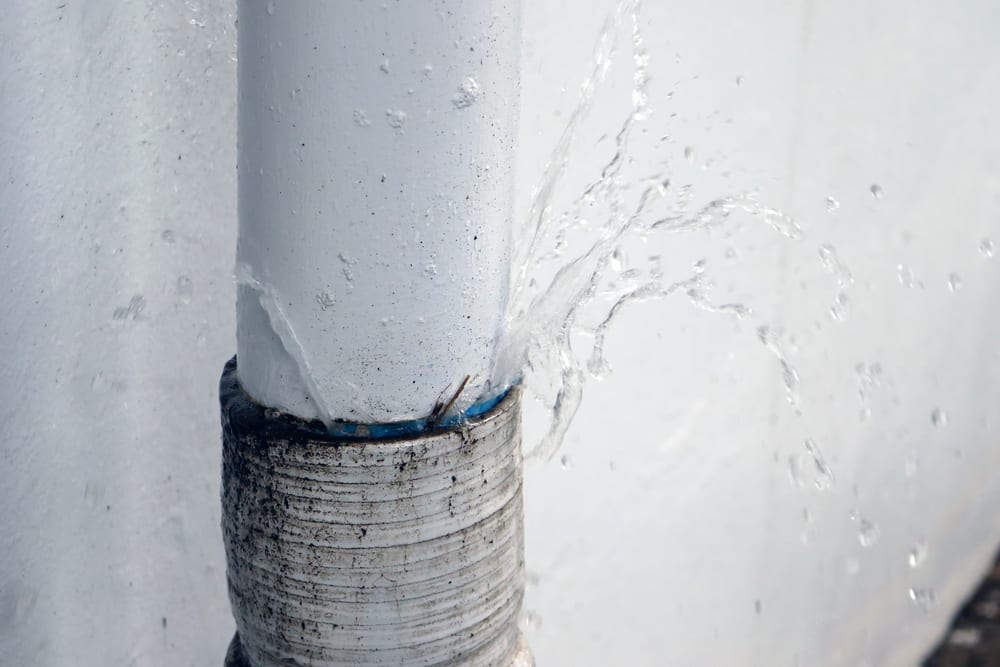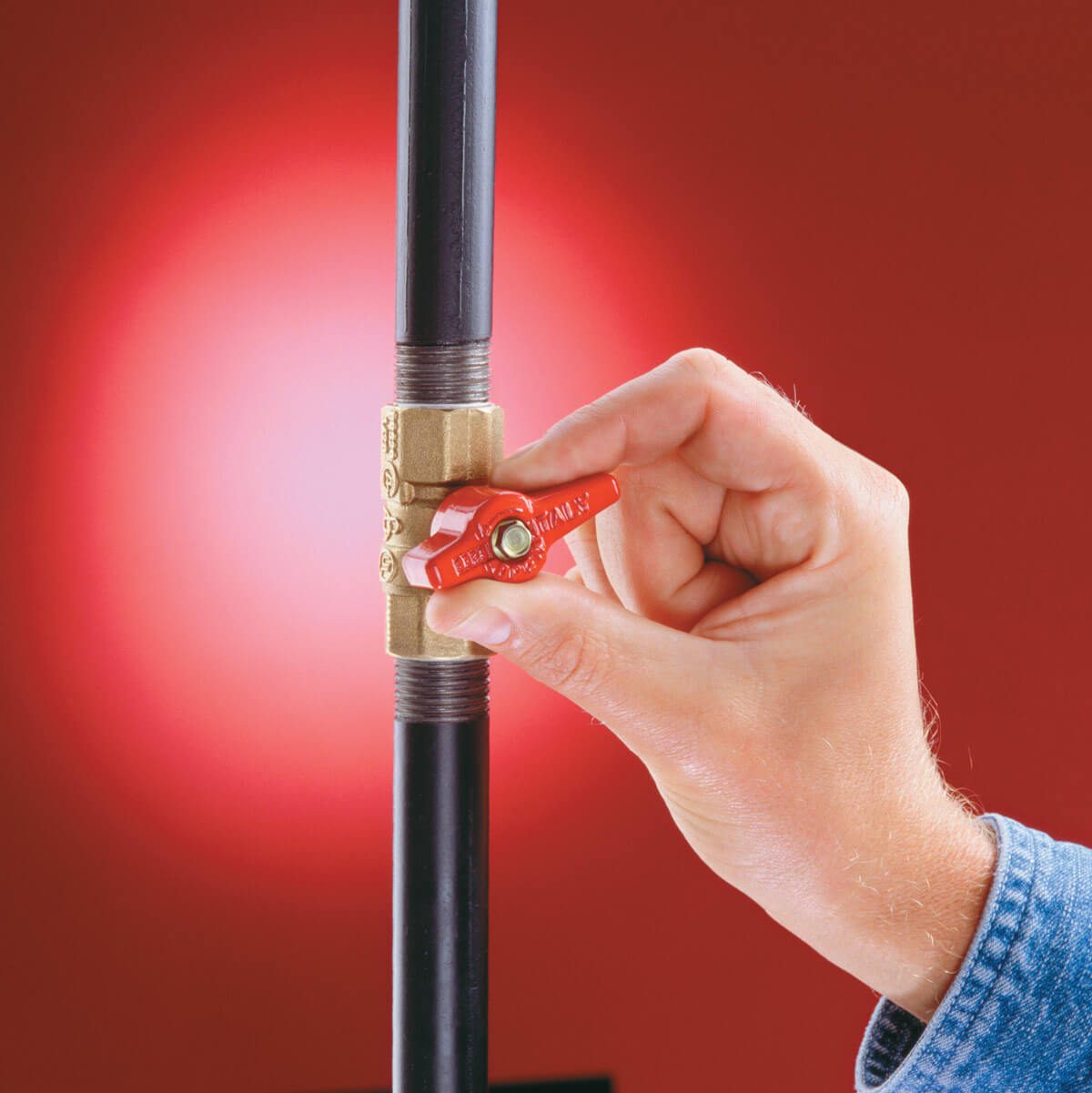Quick Guide: Identifying and Fixing Ruptured Pipes in Your Home
Quick Guide: Identifying and Fixing Ruptured Pipes in Your Home
Blog Article
What are your ideas with regards to How to Prepare for Your Dishwasher Installation?

A ruptured pipeline is a significant emergency; you can just stand as you watch water you pay dearly to reunite with the earth. In worse situations, you observe a swimming pool on your cooking area flooring, which is a terrific journey threat, especially if you have children around. If the pipe that ruptured remained in your wall surfaces, bad news: you may need to repaint that whole section.
Exactly how can a disaster like a burst pipe be stopped and handled? Well, by listening to your expert emergency plumbing technicians and also adhering to these regulations.
Exactly how do I understand when my pipes have burst?
Varying water pressures
Pipes do not just burst in a day. You might have seen that your cooking area tap or shower doesn't run right away when you transform the tap. It might stop briefly for a few seconds and afterwards blast you with even more pressure than normal.
In other instances, the water may appear regular initially, then decrease in stress after a few seconds.
Wet wall surfaces as well as water spots
Before a pipe ruptureds, it will certainly leak, most times. If this persistent dripping goes undetected, the leak may finish right into a broad gouge in your pipeline. One simple method to avoid this emergency is to keep an eye out for damp walls ad water discolorations. These water spots will lead you right to the leakage.
Puddles under pipelines as well as sinks
When a pipe ruptureds, the outflow forms a pool. It might appear that the pool is growing in dimension, as well as no matter the amount of times you wipe the puddle, in a couple of mins, there's another one waiting to be cleansed. Commonly, you might not be able to map the pool to any noticeable pipes. This is a sign to call a specialist plumber.
Untraceable leaking sounds
Pipeline bursts can take place in the most undesirable locations, like within concrete, inside wall surfaces, or under sinks. When the house goes quiet, you may have the ability to hear an annoyingly relentless dripping sound. Even after you have actually inspected your shower head and also kitchen area faucet, the dripping might continue.
Precious reader, the trickling may be originating from a pipe inside your wall surfaces. There isn't much you can do about that, other than tell a professional plumber.
Shut off the Water
When water freezes, it broadens in volume by regarding 9 percent. And it broadens with significant force: The stress inside pipes might go from 40 pounds per square inch to 40,000 psi! No pipe can hold that much stress, so it breaks open. The break might occur where the ice types, yet more often, it takes place where water pressure discovers a weak point in the pipe. That might be inches or even feet from the frozen location. Find the water shutoff valve as well as turn off the water to stop more damages. You may additionally need to shut down the electrical power too, depending on where the leakages occurs and just how big it is.
Infected water
Many people presume a ruptured pipe is a one-way electrical outlet. Fairly the contrary. As water drains of the hole or wound in your plumbing system, contaminants locate their way in.
Your water may be infected from the source, so if you can, check if your water storage tank has any kind of problems. Nevertheless, if your alcohol consumption water is supplied as well as detoxified by the city government, you must call your plumber immediately if you see or smell anything amusing in your water.
What do I do when I detect a burst pipe?
Your water meter will continue to run also while your water wastes. To decrease your losses, locate the main controls and turn the supply off. The water mains are an above-ground framework beside your property.
How to Fix & Detect a Leaking Pipe
How Do I Know if a Pipe is Leaking?
Leak detection tests can help you determine if your pipe has a leak. Even if you don’t see an apparent leak, you should still conduct leak detection tests regularly to save water and money—and prevent major damage to your home.
Water meter. It can be helpful to figure out what your usual water meter usage numbers are and then monitor them regularly. To monitor your meter, first, turn off all water faucets in your home. Check the meter and write down the numbers. In a few hours, check the meter again. If the numbers have changed, you have a leak. Water gauge. Use a water gauge to test your water pressure. Your showerhead should produce a certain amount of water pressure based on its model and design. If the pressure is lower than it is supposed to be for that specific showerhead, your home likely has a leak. Puddles. Look inside your bathroom, laundry, and kitchen sink cabinets. Puddles around the cabinets or around toilets, tubs, showers, and washing machines indicate the presence of a leaking pipe. You may also notice loose tiles, peeling or flaking paint, or mold caused by water accumulation. Napkin test. Even if you don’t see any puddles, you may still have a leak. You can test for water leaks in the bathroom, laundry, and kitchen by wiping below-sink connections with a napkin, paper towel, or piece of toilet paper. If it becomes damp, you probably have a leaking pipe under the sink. Discolored walls. Walls that are discolored—usually with brown or yellow stains—or bulging might mean that they have been impacted by water damage caused by a leaking pipe. Smell. A leaky pipe will create sitting water, and over time, that water may develop a musty smell. If your home smells musty, but you can’t locate the source, it may be due to a leak. Steps for Fixing a Leaking Pipe
A leaky drain can be remedied by tightening the pipe base, replacing the drain seal, caulking the rim, and tightening the pipe nut. Similarly, a leaking toilet pipe can be treated by tightening the packing nut. You may also need to replace the valve. A leaky faucet may just need tightening or replacement of the washers. If that doesn’t work, consider replacing your faucet. If your pipe has a hole in it, you may want to use a pipe leak sealer or pipe leak tape. This quick fix for water pipe leaks can also temporarily fix a copper pipe leak. https://www.ahs.com/home-matters/quick-tips/how-to-tell-if-pipes-are-leaking/

We hope you liked our article on What to Know Before Installing a Dishwasher. Thanks a ton for taking a few minutes to read our article. Loved our review? Please share it. Help another person find it. We value reading our article about What to Know Before Installing a Dishwasher.
Start Now
Report this page